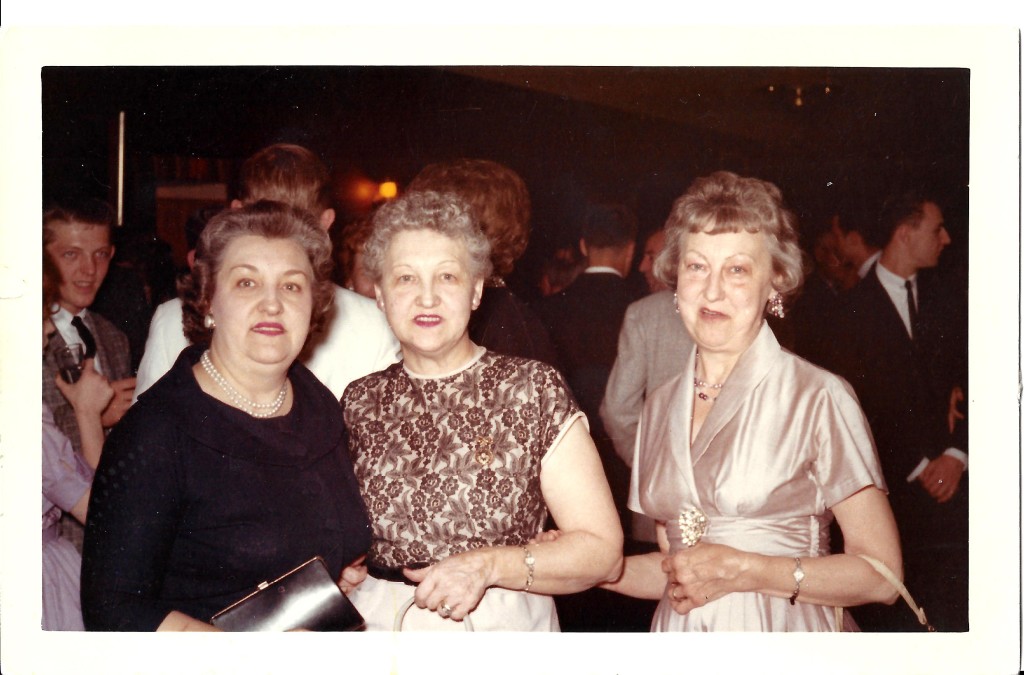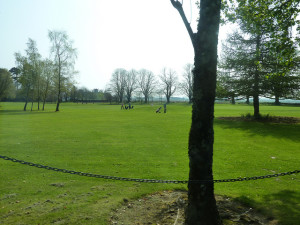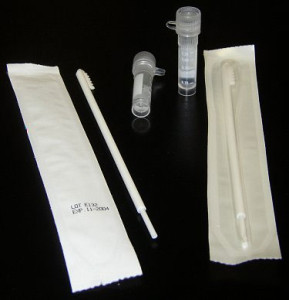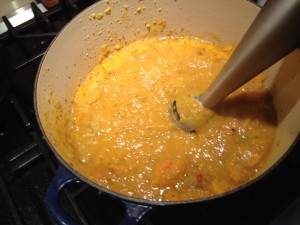For adoptees, it’s hard to resist family comparisons. I can’t help but compare my sheltered childhood on the southwest side of Chicago to what I know of my biological family’s life in the suburbs north of the city.
My family’s bungalow on South Sacramento Avenue and my birth mother Lillian’s home on Alice Drive are only 35 miles apart, but the two families might as well have lived on separate planets. That’s how different they were.
My mother, Claire, and father, Bob, didn’t work outside the home. Dad was a retired linotype operator and Mom was a homemaker. They were in their 50s when they adopted me days after I was born. A year later, they adopted my newborn sister, Melissa. This was in the 1960s. Mom and Dad were unlikely parents to two little school girls who never knew they were adopted. Were they our grandparents? Claire and Bob bristled every time they heard that question.
They had plenty of time to supervise Melissa and me. They were helicopter parents before anyone used that expression to describe annoying moms and dads who hover constantly over their kids. Claire and Bob were ahead of their time.

We didn’t get away with anything because our parents watched us like hawks. Dad drove us to and from school every day. We were not allowed to play with the kids across the street because Claire thought they were too “street-y.” Melissa and I were goody-goodies not because we wanted to be but because we didn’t have a choice. I read a lot of books because there was nothing better to do. In the summers, I rode my bike around Marquette Park over and over again. I went to the library for more books. I counted the days until school started. Time passed very slowly on South Sacramento. I dreamed about moving out of that boring prison and getting a taste of the real world.
On Alice Drive, my sister and her three brothers had fun and freedom. They went on family outings and played with little supervision. Their parents, Lillian and Dick, both worked and were not around enough to watch the kids closely. Sometimes my siblings got into mischief.

Lillian’s pregnancy with me may have been the last straw for the marriage. I was not Dick’s child. She and Dick divorced not long after I was born. Their breakup hurt the family. My sister’s grades dropped. There was more pain for the children when Lillian got angry and lashed out at them. As teenagers, my brothers and sister got into drugs and sex and no doubt rock and roll. One of my brothers, a brainy boy who got good grades, took his life. Lillian was never the same after her boy died.
That’s one thing Lillian and Claire had in common. My adoptive parents had a biological son, Bobby, who also died young – of a kidney ailment. Claire and Bob were devastated. They withdrew from their family and the world. They never left the house, not even to buy food. They had somebody deliver the groceries. Adopting me and Melissa brought my parents back to diapers, baby food and the real world. It helped them heal.
I resented having parents who smothered me but maybe having a child die is what made Mom and Dad so protective of their daughters.
I didn’t have any boyfriends in high school and didn’t have a drink until my senior year. Melissa and I graduated and went to college. We never got to go away to school – Mom and Dad wouldn’t allow that – but we graduated from college, something neither of our parents had done. Claire and Bob were proud.
My life never intersected with Lillian’s. She was only 48 when she died in 1983. Not long after her death, another one of her sons died after a long struggle with injuries he suffered in an auto accident.
I wonder how different my life would have been if I had grown up with Lillian and her family. Would I be the person I am today with different parents and siblings?
All I know for sure is I am grateful to Lillian for giving me life and extremely grateful to Claire and Bob for adopting me. Maybe their overly protective but loving style of parenting was just what I needed.











